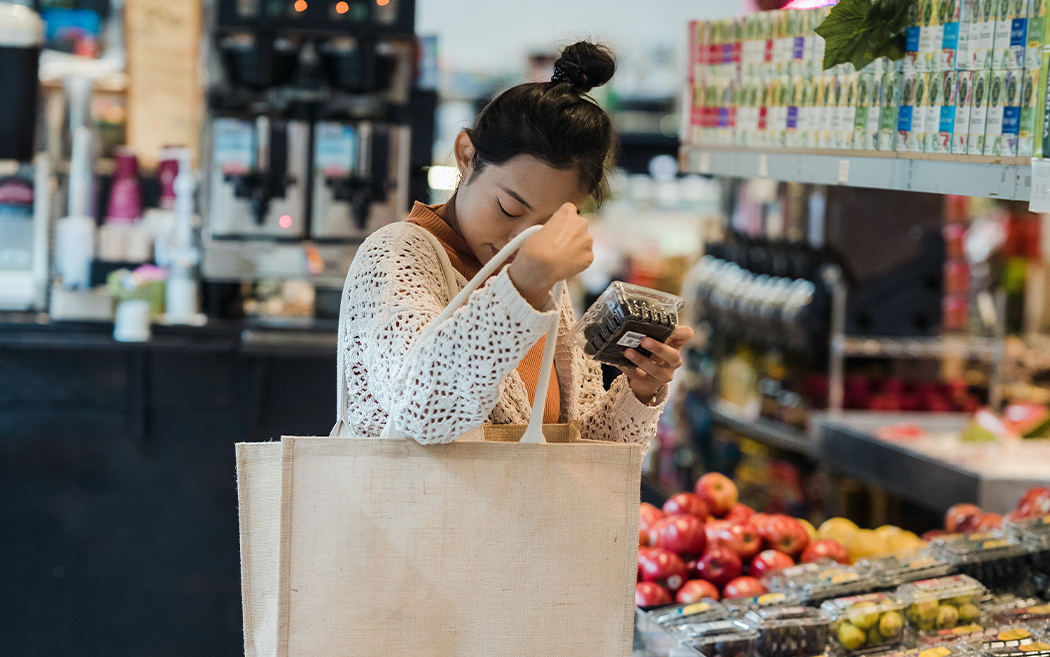Addressing Food & Beverage Supply Chain Issues Through Value Propositions

The long-term effects of 2020’s supply chain issues are starting to catch up with many grocers and food manufacturers. Last year’s increase in demand forced many companies to kick their production into overdrive, causing inevitable slowdowns and discrepancies in the food & beverage supply chain. For consumers, this means that some grocers are having issues keeping their shelves stocked or (in some cases) increased prices.
Many companies have already started to address these food & beverage supply chain issues. However, to shoppers, these issues will start to become even more apparent through the remainder of the year and into 2022. Grocers and food & beverage brands are now faced with the difficult task of minimizing their offerings which will increase competition on shelves.
Addressing supply chain issues in-store
It’s important for us to understand where these supply chain issues are stemming from, and how they are affecting grocers. According to the Wall Street Journal, ” Many grocery chains said that it is hard to predict how complete or on-time their deliveries will be due to limited guidance from suppliers, and executives said there is often little recourse when trucks show up with a fraction of what was ordered. Demand is higher than expected by retailers, with monthly sales up about 14% from two years ago and 3% from a year ago, according to data from research firm IRI.”
After all of the issues that arose last year, many manufacturers and distributors struggled to stabilize the supply chain to pre-pandemic norms. Although demand did falter at the end of last year and into 2021, it has since increased and given way to what many analysts are considering a new normal. The food & beverage supply chain has struggled to keep up with consumer’s demands, leading to a decrease in product availability and less variety in grocery stores.
Establishing value is crucial
Due to the nature of these supply chain problems, national brands are the most affected. Many are struggling with production and distribution, which has led some to temporarily (or permanently) minimize their offerings. With less variety on shelves, shoppers are faced with having to select new brands or products. For many small brands, this is a great opportunity to get into new customer’s shopping carts. However, the question still stands, will shoppers continue to purchase these new-to-them brands or will they return to national brands as the food & beverage supply chain continues to adapt?
As reported on Food Dive, “Once consumers switch, it can be tough for manufacturers to win them back. […] According to [an Imnar] survey, to motivate customers to return to the original brand, the manufacturer must convince them of its higher quality. Considering that a majority of shoppers have faced out-of-stocks and been forced to switch brands in recent months, making this sell will be difficult.”
Here at ChefsBest, we know that food & beverage brand’s greatest asset and what consumers care most about is taste. With a ChefsBest Excellence Award and accompanying digital content, we can help your brand highlight your high-quality products with substantiated taste claims, such as “Award-winning taste” or “Endorsed by professional chefs”. To learn more about how ChefsBest can help your brand build value with shoppers contact us today.
To stay up-to-date with trends and news in the food & beverage industry please follow us on social media: Facebook, Twitter, Instagram, and LinkedIn – and check out our previous blogs.
